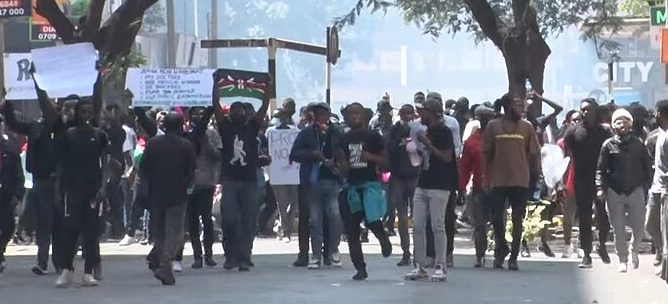Photo: YouTube
The Akwamu Slave Revolt of 1733 on St. John (now a part of the U.S.V.I.) was a rebellion against slavery imposed by the Danish plantation owners. Above Breffu, an Akwamu African woman, was one of the leaders of this legendary slave rebellion.
The revolution started in 1733-1734 during which armed Akwamu slaves captured the contested Danish West Indies Island of St. John. The revolt lasted for six months.
Also known as the 1733 Slave Insurrection on St. John, inhumane treatment caused a massive and rapid call for a rebellion. On November 23, 1733, about 150 enslaved Africans from Akwamu, presently Ghana, revolted against their Danish masters in the plantations.
The severity of this resistance made it one of the earliest and longest slave uprisings in the Americas.
For several months, these enslaved Africans rebelled, directing their anger towards the white estate managers with the aim of overthrowing them and taking control of St. John.
Like most slave uprisings in those days, The Akwamu Revolt was suppressed after a major defeat in May 1734 when French and Swiss Troops from the Martinique came to help the Danish regain control of their estates. The forces were heavily armed and trained so suppressing the revolted slaves was imminent.
In late August 1734, the planters regained control of the Island and the rebellion was declared over and defeated. The soldiers hunted down and killed or captured every single rebel. Other rebels committed collective suicide.
For rest of story read here.








